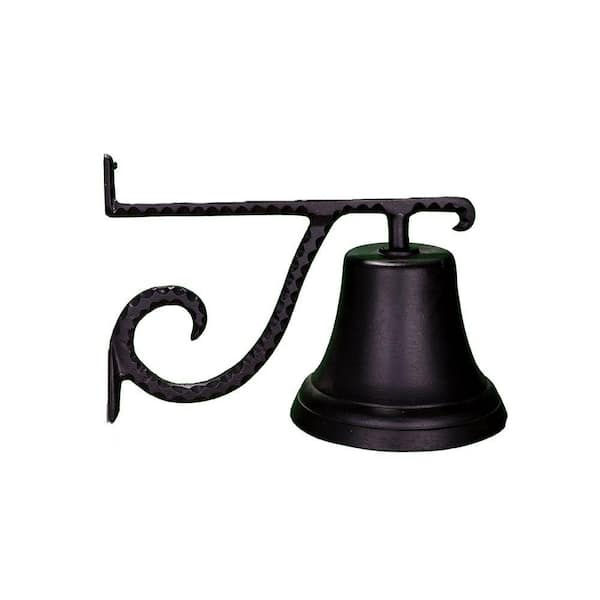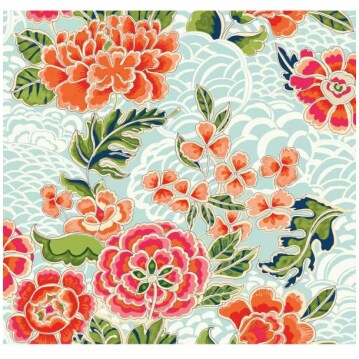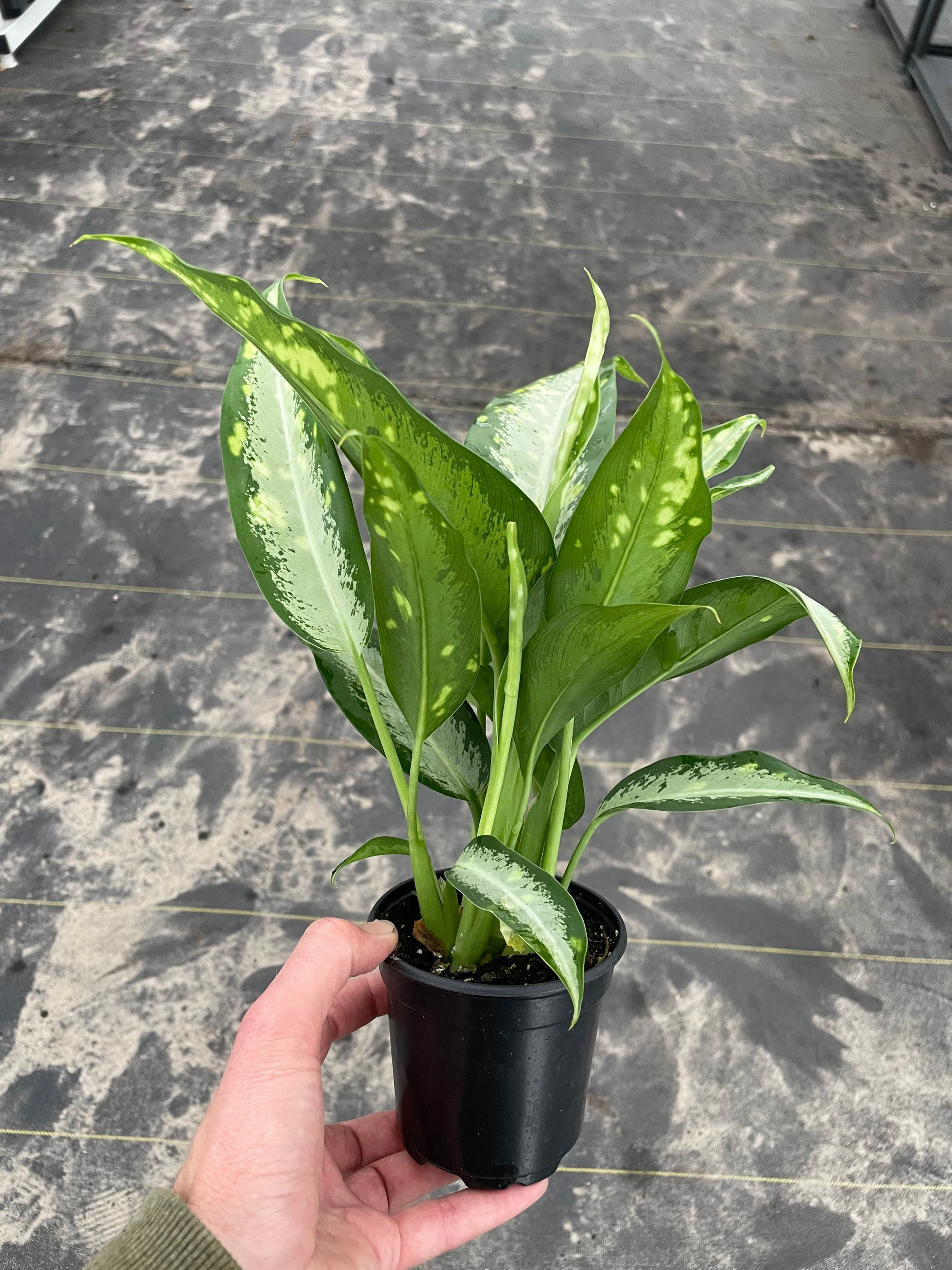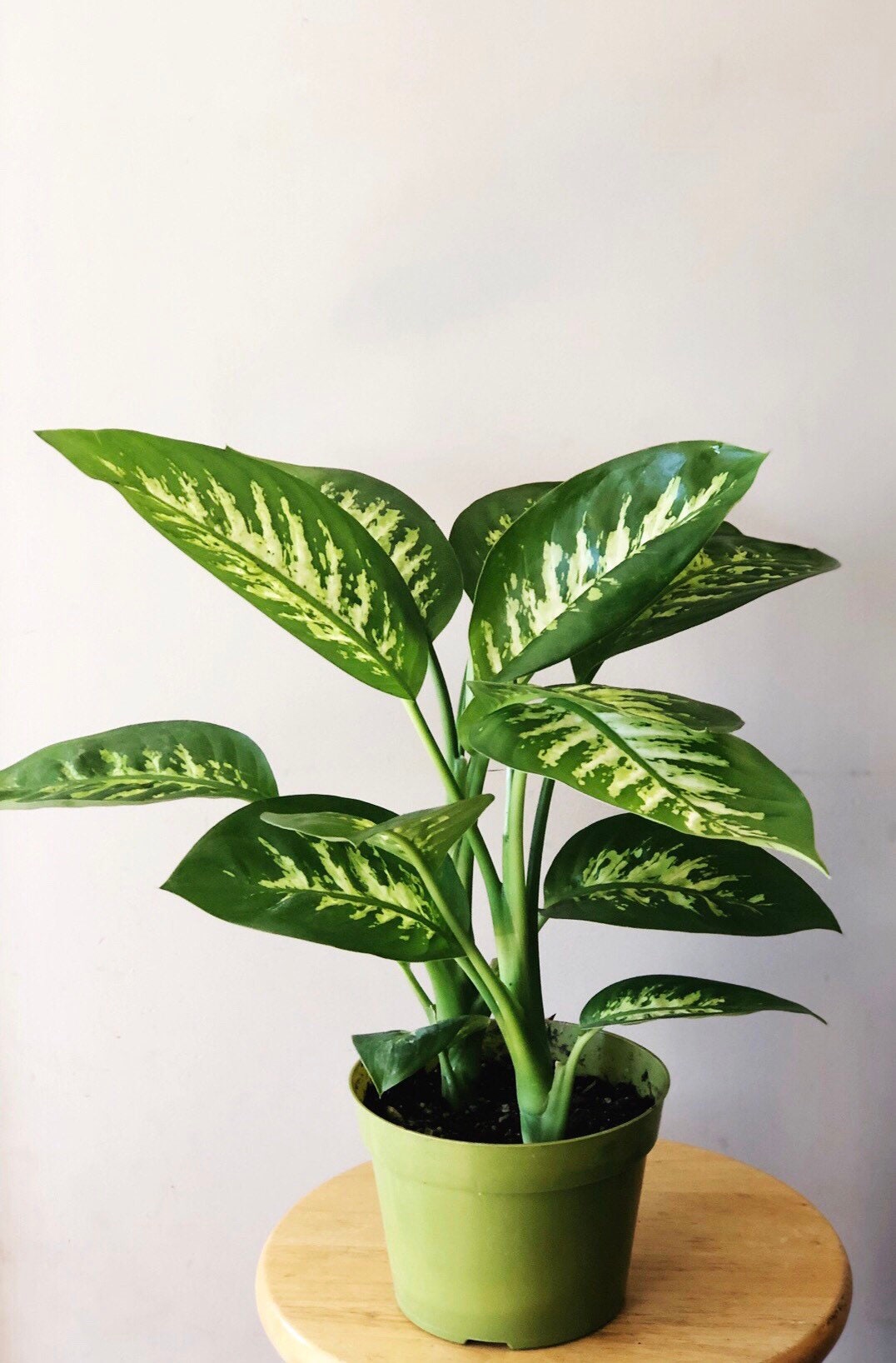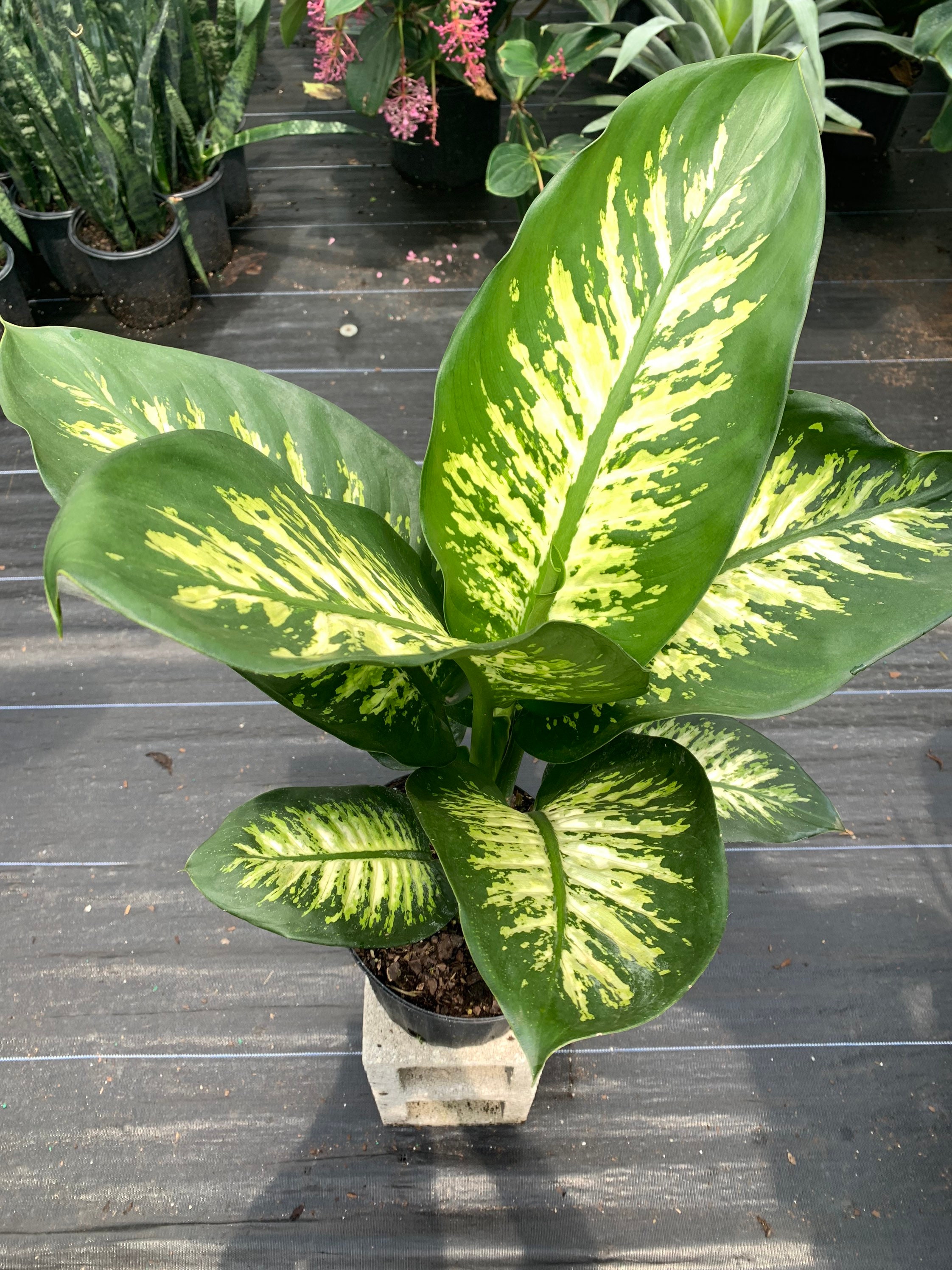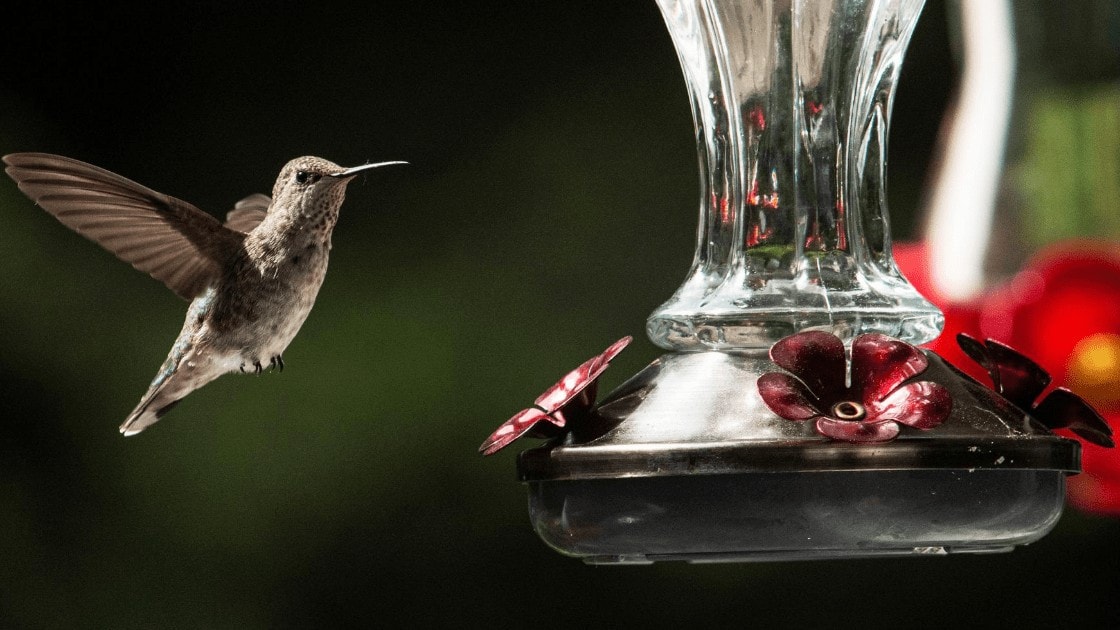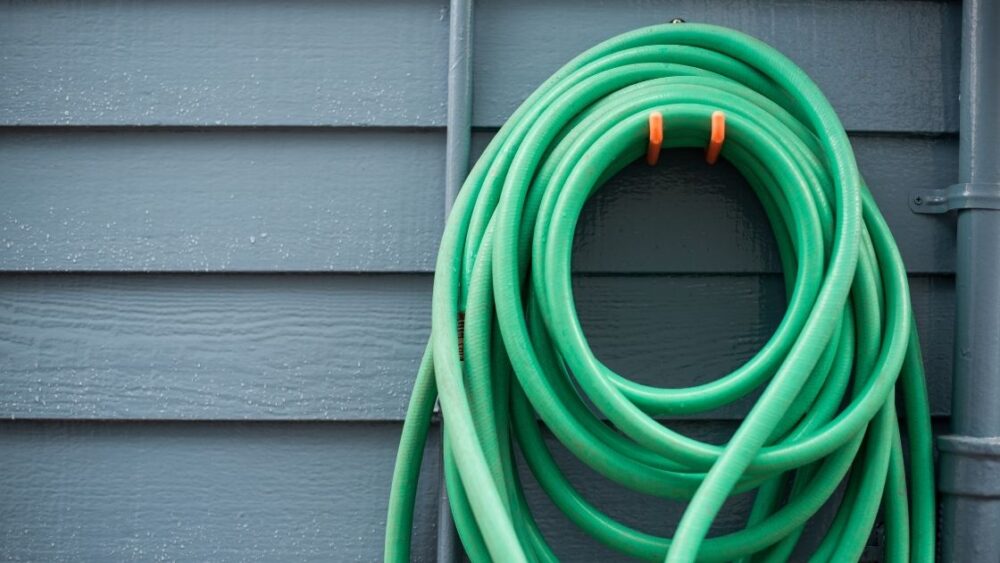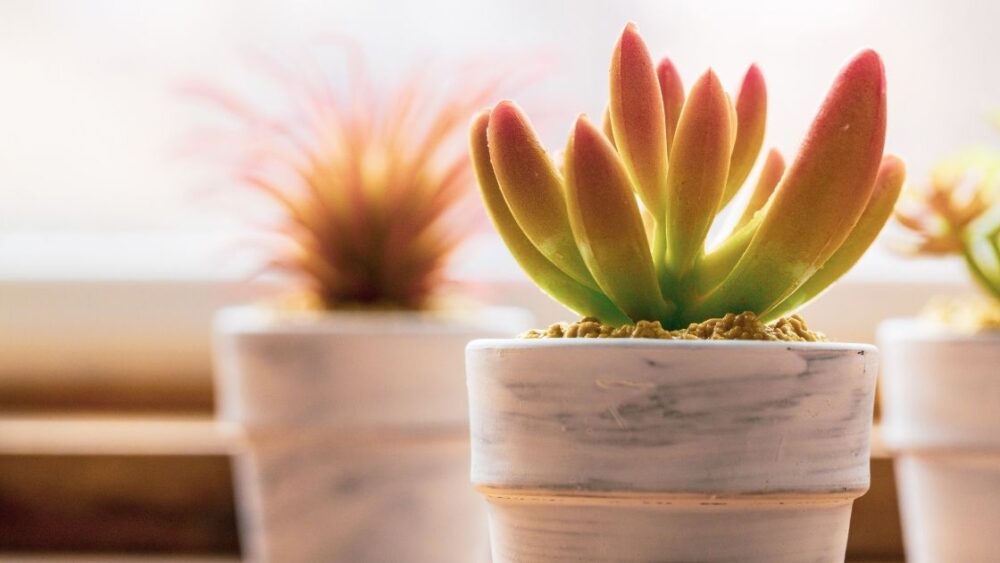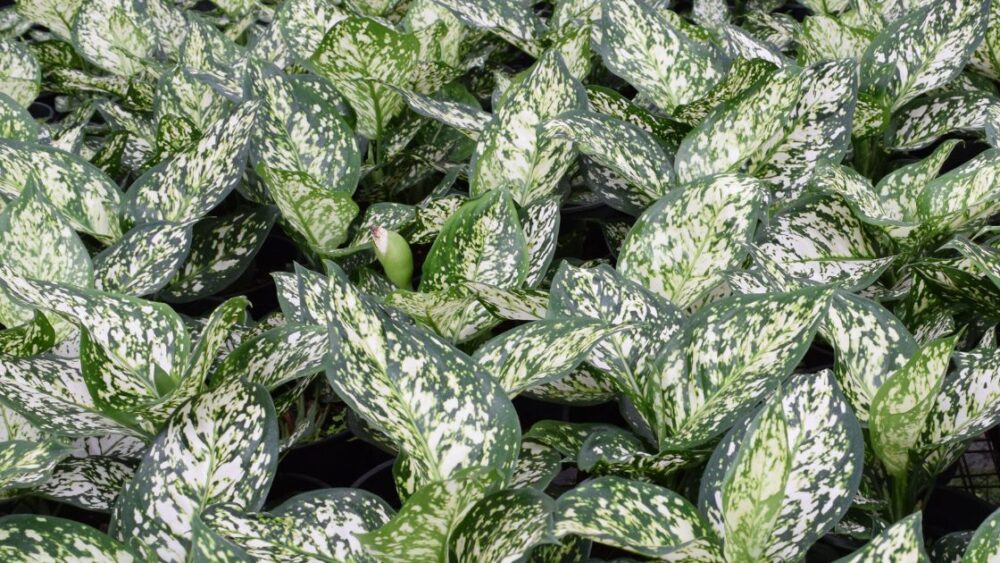
Dieffenbachia is a beautiful and lush plant native to the tropics of Mexico, South America, and the West Indies. It is the best houseplant that is low-maintenance and offers many benefits.
This tropical plant has large, attractive leaves that display a vivid display of tropical color. It is often called “Dumb Cane” due to the toxic sap that can irritate when consumed. During the Victorian era, the dumb cane received high praise and is still in homes today. Direct sunlight will cause the leaves of this plant to scorch, so place it in a bright, ambient area. It may take some time for Dieffenbachia to adapt to fluorescent lighting in an office space, though it can do so.
In case you are uncertain about the lighting conditions in your home or office, want to know how to care for dumb cane, or are interested in learning about this plant’s common problems, this article is for you. Please read on!
Browse our Affiliate Products
Characteristics of Dieffenbachia?
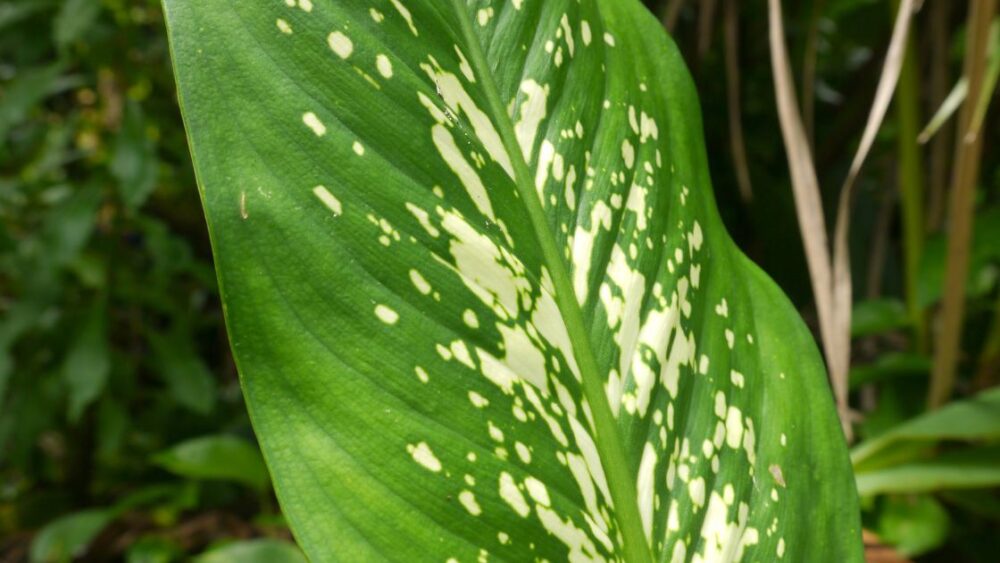
Dieffenbachia is a type of herbaceous plant with a straight stem, simple and alternate leaves with dots and spots of white color, which makes it suitable for use as indoor foliage.
There are ovate-oblong to oblong, pointed, shiny leaves (to 12″) on this clustered perennial.
Leaves are usually green with cream or white patches or blotches. During leaf fall, the cane-like stem becomes visible. Yellow and green shades are added to the variegated leaf colors in varieties and hybrids of this species. When grown indoors in containers, plants tend to grow much smaller than they would in their native habitat of 6-10′ tall.
This plant is called dumb cane because of its toxic properties. Contact with its sap may result in numbness in the mouth and throat, as well as paralysis of the vocal cords. Additionally, the sap can irritate the skin and eyes. Rarely do indoor plants produce calla-like flowers, which then have red berries.
Is Dieffenbachia a good indoor plant?
The lush tropical leaves and easy care of Dieffenbachia make it a favorite indoor houseplant. This houseplant does not have flowers, but its variegated leaves and ability to purify indoor air make it popular among gardeners.
Dieffenbachia plant is highly effective at removing pollutants because of its large leaves. Approximately a six-inch dumb cane plant can purify 100 feet of air, eliminating harmful volatile organic compounds (VOCs). Tabletop dieffenbachia plants are great for adding drama to a table or against a wall, while large specimens can be used beside furniture to create an impressive display.
However, because the sap of this plant is toxic, it is not suitable for a space with small children or curious pets. Although it poses no significant threat if handled with some caution.
Shortly, Dieffenbachia makes an excellent addition to plant clusters because of its broad, patterned leaves.
Similar to the dumb cane, check out this articles below:
- Spider Plants: Air quality Benefits and Care Guide
- Is peperomia a good indoor plant? (Plus Care Guide)
- Prayer Plant Dying? (Reviving and Care Guide)
Dieffenbachia Care
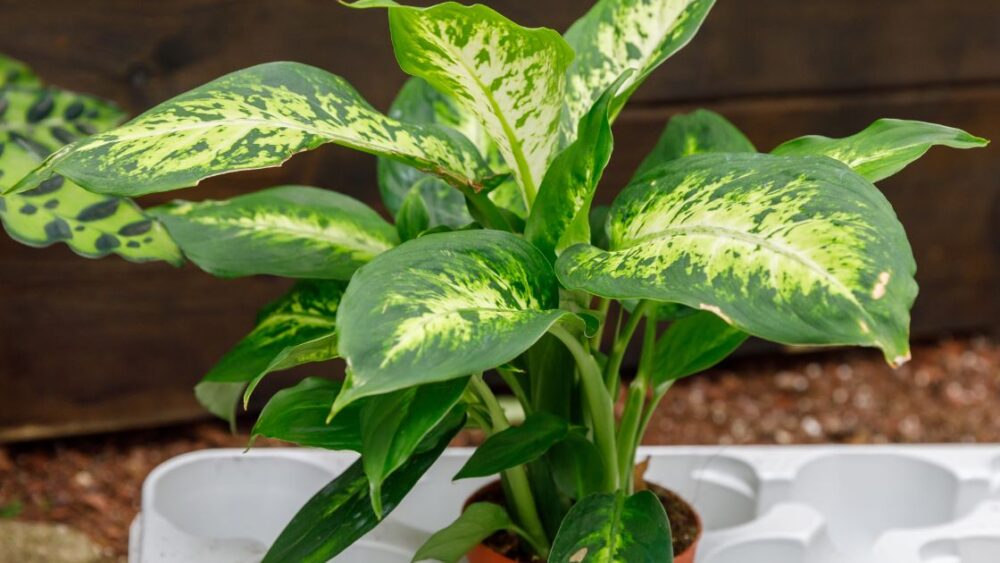
If you take care of them properly, Dieffenbachia look stunning in any home. Mistakes can, of course, lead to problems.
Dieffenbachia leaves often convey the state of the plant through their expression. Overwatered plants’ leaves slake off and leave behind a slimy residue on the stalk, while thirsty plants’ leaves will crinkle and become dry, eventually falling off.
Don’t let the soil get too wet when planting dumbcane in well-draining soil. Before watering the dieffenbachia plant, check the soil for dryness an inch (2.5 cm.) down. Improper lighting can also cause problems with dieffenbachia plants.
Common Names:
Common names for Dieffenbachia include dumb cane and leopard lily.
Scientific name:
Dumb cane is scientifically known as Dieffenbachia. Among the Araceae family, Dieffenbachia is a genus of tropical flowering plants that grow in tropical climates.
The former D. maculata and D. picta plants are now generally included in this genus. This genus contains plants that tolerate shade well and are popular as houseplants.
Heinrich Wilhelm Schott named Dieffenbachia after his head gardener, Joseph Dieffenbach (1796-1863), who was the director of the Vienna Botanical Gardens.
Growth Cycle:
Dieffenbachias are tropical perennial plants. The growing season for Dieffenbachia is from March to October. Plants require more water during those months and must be fed with liquid plant food (10-10-10) every other week. During the winter, discontinue fertilizer applications.
The Dieffenbachia plant grows rapidly, reaching a height of 2 feet within a year. It is possible to keep these plants alive for years if you refresh them as their leaves die off and are re-potted periodically.
Sunlight effect:
Dieffenbachia grows well under a variety of lighting conditions, from light shades to bright indirect light. There is no doubt that the leaves of the plant will be at their most vibrant in bright, indirect light, although direct sunlight may cause the leaves to burn or the foliage color to fade. A Dieffenbachia would prefer bright lighting that is filtered through sheer fabric or another form of window covering that lets light pass through. Despite their preference for bright sunlight, Dieffenbachias can also be kept in environments with moderate light or even partially shaded.
If placed in a dark corner, this plant will manage to remain alive and maintain a healthy appearance, but it will stop growing. Most homes and offices make it an excellent easy-care houseplant due to its adaptability to different lighting conditions. As Dieffenbachias are able to survive entirely on artificial light, they are also a perfect choice for brightening dull commercial spaces.
Watering:
Dieffenbachias prefer regular moisture during the growing season. If you have a large dieffenbachia, you may need to water it twice a week.
You can cut back on water consumption during the winter. However, it’s important to avoid overwatering dieffenbachias, which can cause rot. Before watering the soil, be sure that the top layer of the soil is completely dry.
Adult Size:
Large dieffenbachia plants can grow up to 10 feet tall, with leaves up to 20 inches long. However, this size is rarely achieved under normal indoor conditions, where a size of 3 to 5 feet is more common.
Planting Zones:
Dieffenbachias are tropical plants that grow in South America and the Caribbean. It can grow outdoors in zones 10 through 12 in the U.S. Generally, it is grown as a houseplant due to its ease of propagation and care.
For more information on planting zone, click here to view your specific zone: USDA Plant Hardiness Zone Map
Weather Hardiness:
Dieffenbachias grows best in diffused sunlight or partial shade but will tolerate full shade, so it is well-suited to houseplants. The plant thrives between 60°F and 75°F temperature.
Propagation:
Dieffenbachias are among the easiest plants to propagate. The only tools you’ll need are a knife or razor that’s clean and sharp and a container that allows the cuttings to drain well. The African Violet potting mix makes a good choice, as well as mixing two parts of pre-moistened peat moss with two parts of perlite.
It is possible to propagate Dieffenbachia from cuttings in three ways: top shoots, suckers, and stem shoots. Dieffenbachia should be propagated in the spring, before the growing season begins, to provide the best growth conditions.
Toxicity:
A needle-like crystal, known as a raphide, is present in all parts of Dieffenbachia, including the leaves, stems, and roots. As a result of consuming these crystals, the mouth and throat become numb, burning, and swollen, which temporarily prevents you from talking. Thus, the dumb cane gets its name. It is also possible to get a rash from dumb cane plant sap for some individuals. Make sure to consider the potential danger it can pose to children and pets before adding it to your collection.
Dormancy:
Dieffenbachia is considered dormant during winter seasons below 60°F. As houseplants, they are very easy to overwinter.
Soil:
Dieffenbachia prefers well-drained soil, so you should add sand or perlite to the mix before planting.
Check out this product on Amazon.com: Organic Perlite by Perfect Plants — Add to Soil for Indoor & Outdoor Container Plants for Drainage Management and Enhanced Growth (8qts.)
Bloom:
When kept indoors, Dieffenbachia rarely blooms, but they produce flowers seasonally. You may see flowers every now and then, but they can never match the stunning foliage, so don’t be discouraged if you don’t see any in yours.
Fertilization:
Fertilize every two weeks from March through September with diluted liquid houseplant fertilizer. Low-light plants need less fertilizer. Winter is the time to stop fertilizing.
Also, check out this plant food on Amazon.com: Miracle-Gro Indoor Plant Food (Liquid), 8 oz., Instantly Feeds All Indoor Houseplants Including Edibles, 2-Pack
What Common Problems Dieffenbachia Have When Caring for Them?
Dieffenbachia grows poorly when there is too much moisture in the environment. Dieffenbachia plants may also suffer from improper lighting problems.
It is normal for Dieffenbachia to have brown bottom leaves. To maintain a tidy plant, snip them off.
Check for spider mites and treat the plant with insecticidal soap spray or neem oil if other leaves appear bleached with a webby substance on the underside. When dealing with dumb cane dieffenbachia, do not use chemicals, as this can worsen the problem.
Conclusion
A Dieffenbachia (dumb cane) plant can breathe new life into a barren office or home space.
It will enhance your home’s beauty and remove pollution if you provide proper light, water, fertilization, and care for it.
Nevertheless, to prevent children or pets from ingesting dumbcane due to its toxicity, do not plant it near curious children or pets.

